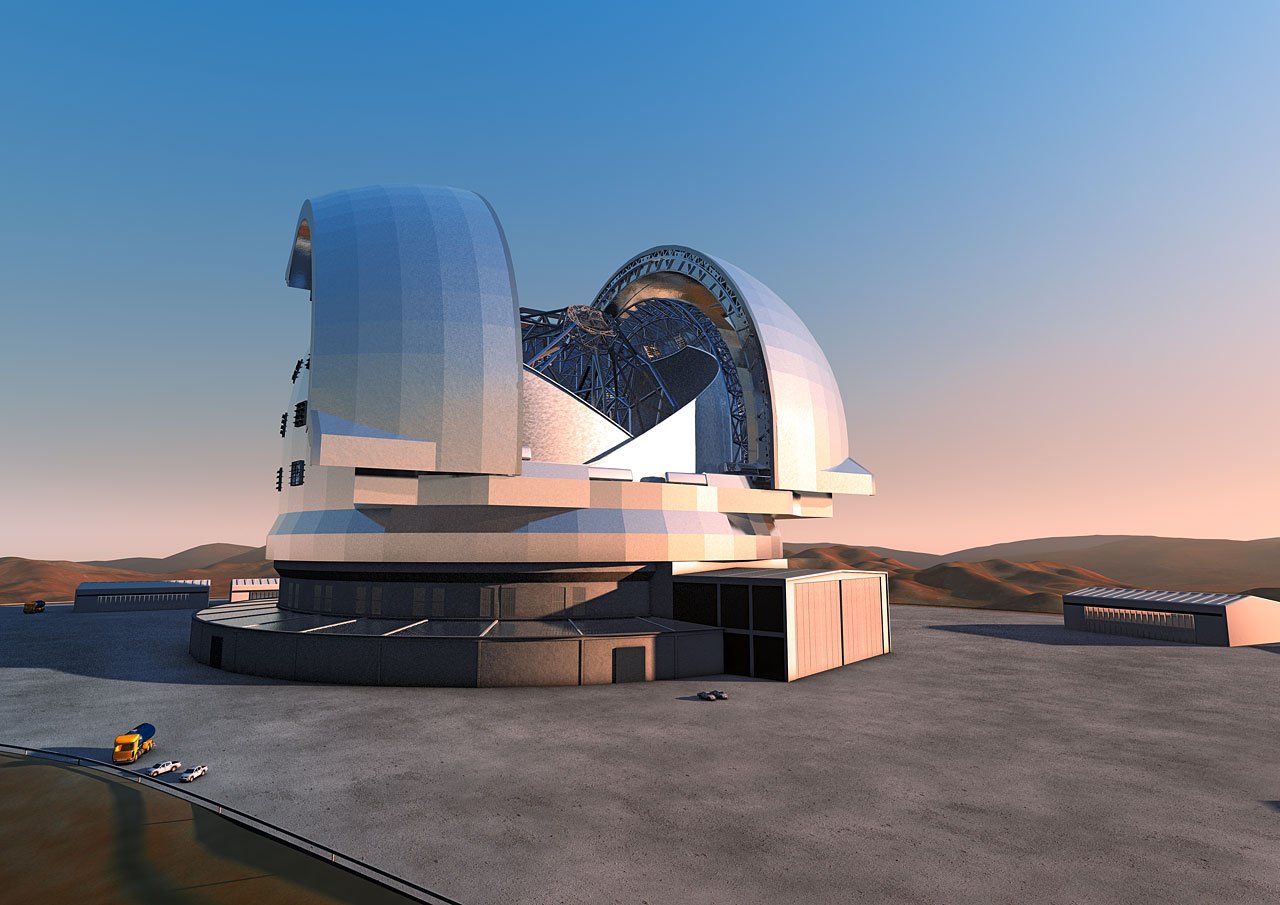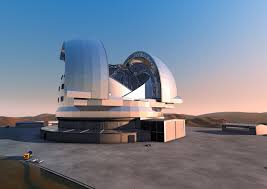The European Extremely Large Telescope (E-ELT) is now under construction. The observatory will be managed by the European Southern Observatory (ESO) and will be located in Cerro Armazones in the Chilean Atacama Desert and is set to be ready by 2024.
The E-ELT is sure to help astronomers and scientists make new discoveries, allowing them to image Earth-like planets in star systems light years away from our own.
According to the ESO:
“The E-ELT has a main mirror 39 metres in diameter, covering a field on the sky about a tenth the size of the full Moon. The mirror design itself is revolutionary and is based on a novel five-mirror scheme that results in an exceptional image quality. The primary mirror consists of 798 segments, each 1.4 metres wide, but only 50 mm thick. The optical design calls for an immense secondary mirror four metres in diameter, bigger than the primary mirrors of any of ESO’s telescopes at La Silla.”
Once the E-ELT is complete it will be one of the largest visible and near-infrared telescopes in the world.
“The decision taken by Council means that the telescope can now be built, and that major industrial construction work for the E-ELT is now funded and can proceed according to plan,” said ESO Director General Tim de Zeeuw, in a recent statement. “There is already a lot of progress in Chile on the summit of Armazones and the next few years will be very exciting.”

Artist’s impression of the European Extremely Large Telescope (E-ELT). The E-ELT will be the largest optical/infrared telescope in the world – the world’s biggest eye on the sky. Source: ESO
The project was originally approved in June 2012, however, one of the conditions was that it would only be granted once at least 90 percent of the total required funding ($1.34 billion) had been secured – the contract is worth over 2 million euros ($2.48 million).
This threshold was reached in October.
“The funds that are now committed will allow the construction of a fully working E-ELT that will be the most powerful of all the extremely large telescope projects currently planned, with superior light collecting area and instrumentation,” said de Zeeuw. “It will allow the initial characterization of Earth-mass exoplanets, the study of the resolved stellar populations in nearby galaxies as well as ultra-sensitive observations of the deep Universe.”
The E-ELT is going to be 30 feet wider than the Thirty Meter Telescope Observatory, which is set to be completed in Hawaii by 2018.

